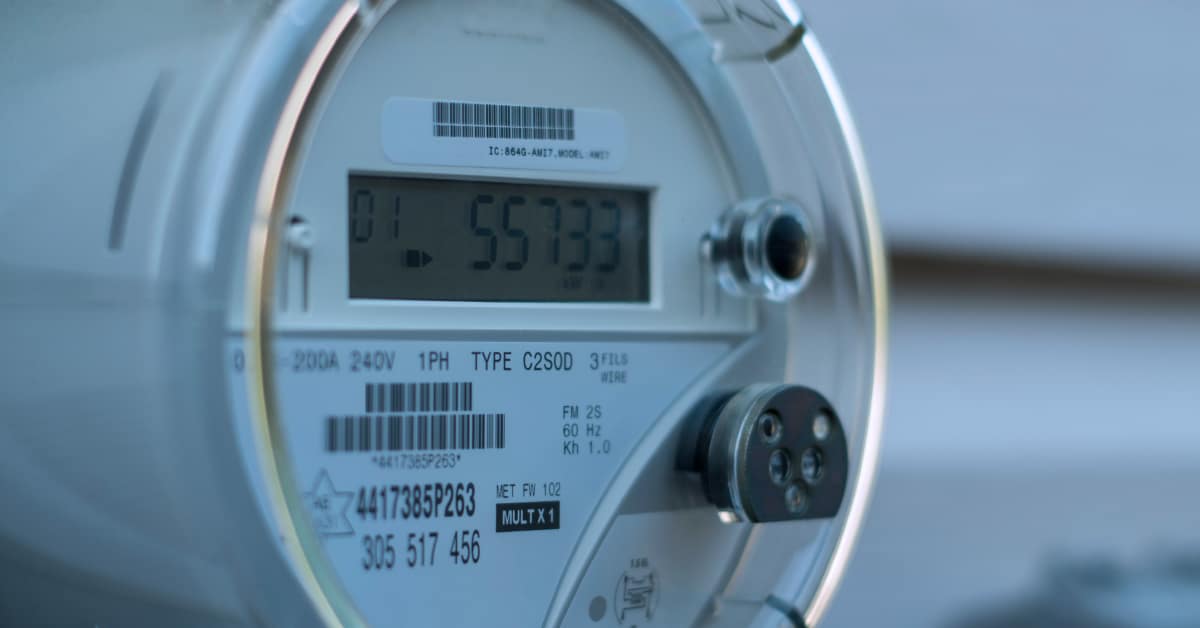Reading Your Smart Meter - NEC Coop
Oct 26, 2022 — Electric Rates, Electric Tips at Home, Resources

Smart meters, also known as Advanced Metering System (AMS), give consumers and utility companies a straightforward means to track energy consumption for any given time period while allowing utility companies to provide online tools to help their consumers track their usage.
If you have a traditional electric meter, check our guide on how to read your electric meter.
Before we go into the details on how to read your smart meter, it’s best if you take some time to understand how a smart meter works. This way, the calculations and numbers will make more sense to you. Compared to traditional analog meters which only show the total energy used, smart meters provide you with real-time data as to how much energy you are consuming. Traditional analog meter users are given a monthly bill, while smart meter users have access to daily and monthly usage reports.
How a smart electric meter benefits both you and your utility provider
A smart meter enables utility providers to have up-to-date, accurate data about their consumer’s consumption with the use of a wireless network that updates them in 15-minute increments. This allows them to be alerted instantly in the event of a power interruption, giving them a head start on resolving issues.
The consumer benefits by receiving more frequent usage updates from their smart meter. This can help any household make better decisions on when and how to use electricity to save money on their utility bills. The smart meter can help you effectively track your energy usage, so you can save on energy by adjusting the thermostat or turning off certain appliances when not in use.
How to read your smart meter
Depending on your utility provider, there could be some variation in the smart meter display. You may notice various figures flashing on the screen. A “CLS” on the screen is good news, since this indicates that electricity is successfully being delivered to your home. A message of “OPN” on the screen indicates that there is no power in your home.
Reading a smart meter is pretty straightforward. The number that you see on the screen will tell you the total kWh or kilowatt-hours that you have used for the current billing period.
Smart meters can also provide you with more detailed information about your electricity consumption. Your supplier or utility provider may be able to give you more granular data, which can help you save on your utility bills.
A smart meter makes it easier to calculate your bill. All you need to do is look at your total kilowatt-hour for the billing period and multiply that number by the amount you pay per kilowatt-hour. For instance, if you have used 900 kilowatt-hours in one month, and you pay 12 cents per kilowatt-hour, you need to pay $108 for that billing period.
Knowing how to read your smart meter will surely come in handy; you’ll never be surprised by an excessive electricity bill again.
Sources:
“How to Read Residential Electric and Natural Gas Meters,” Energy.Gov, https://www.energy.gov/energysaver/how-read-residential-electric-and-natural-gas-meters
“Smart Meters or Advanced Metering System (AMS), Public Utility Commission of Texas, https://www.puc.texas.gov/consumer/electricity/Metering.aspx
Voted #1 Electric Provider
We were recently voted the #1 Electricity Provider by the Corpus Christi Caller-Times’ Best of the Best Awards for the 7th year running!
Benefits of Membership
As a member of our co-op, you’ll enjoy the following benefits:
- You’ll get a share of our profits.
- You won’t be locked into a long-term contract.
- You’ll get a simple, competitive rate with no surprise fees or markups.
- You can get a $50 bill credit for every new member you refer.

